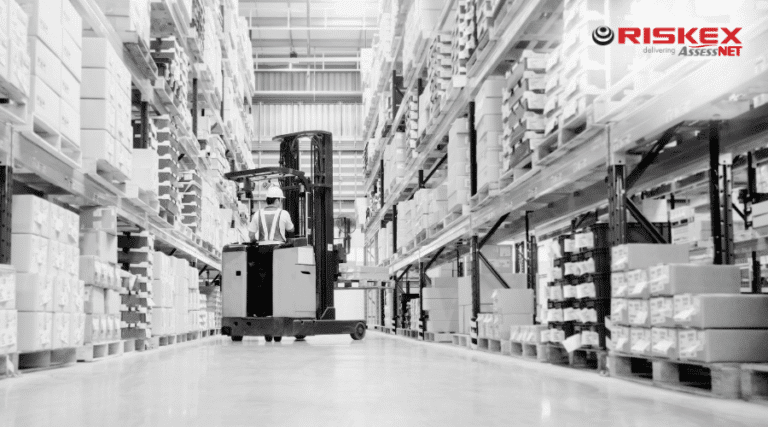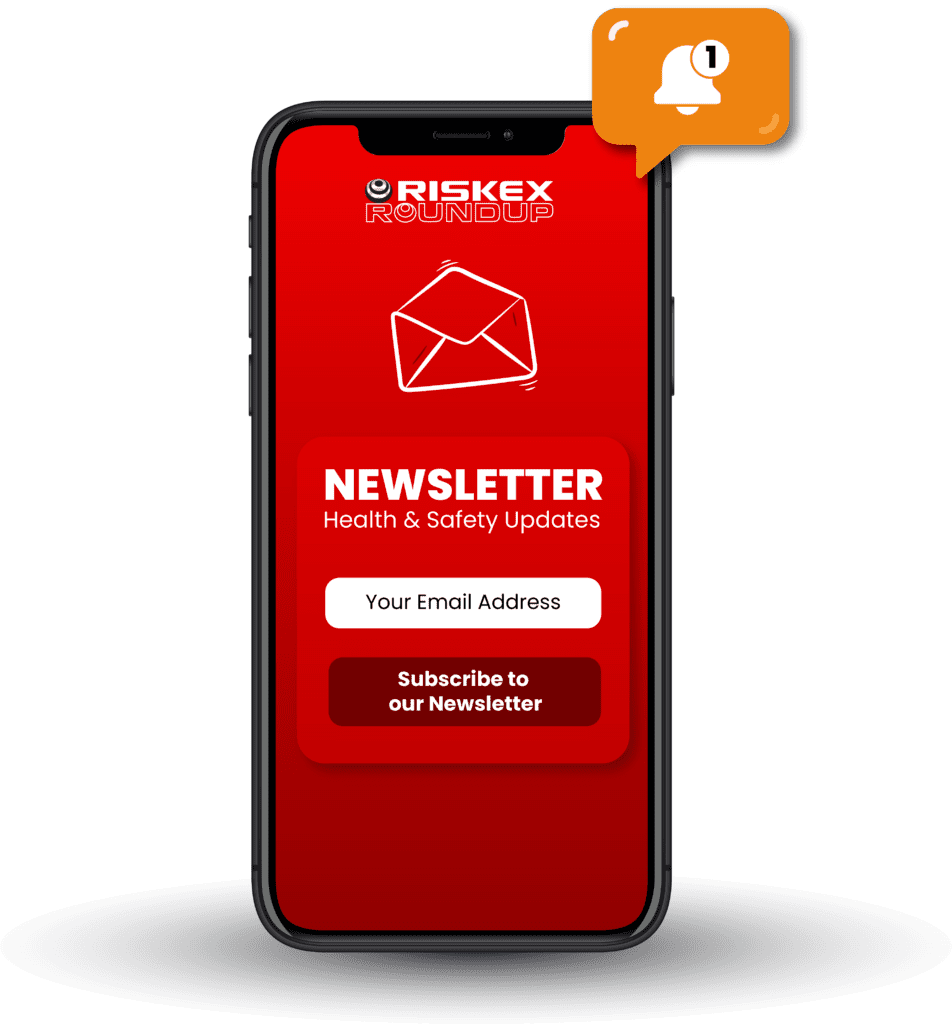Effective incident investigation is crucial for maintaining a safe workplace and preventing future occurrences. A structured approach ensures thorough analysis and implementation of corrective measures.

Here’s a practical run-through of the core steps involved in an effective incident investigation.
1. Immediate response and scene management
The first priority is always making sure everyone is safe. That might mean providing first aid, moving people out of harm’s way, or stopping equipment. Once the situation is under control, it’s important to preserve the scene. This helps keep the facts straight things like photos, witness accounts, and evidence will be more accurate if taken before anything changes. A quick initial report also ensures the right people are looped in early.
Useful questions to ask at this stage:
- Has everyone involved received appropriate medical attention?
- Is the area secure to prevent further incidents?
- What immediate actions were taken following the incident?
- Who was present at the time, and what were their roles?
- Are there any hazards that need to be addressed immediately?
2. Planning the investigation
Before diving in, it’s worth taking a moment to plan. Who needs to be involved? What are you trying to find out? Having the right people with the right expertise on the team makes a big difference. Be clear about what the investigation should achieve and what resources or support might be needed. Even a bit of upfront structure can help avoid delays and oversights later on.
Useful questions to ask at this stage:
- Who should be part of the investigation team based on their expertise?
- What is the scope and objective of this investigation?
- What resources (time, tools, information) are needed?
- Are there any regulatory requirements or company policies that must be considered?
3. Data collection
Gathering good information is the backbone of a strong investigation. This might include photos, maintenance logs, training records, and of course, conversations with people who saw what happened or were involved. The aim is to build a clear picture of what took place — the more complete the picture, the better your analysis will be.
Useful questions to ask at this stage:
- What exactly happened before, during, and after the incident?
- Were there any deviations from standard procedures?
- What equipment or materials were involved, and were they functioning correctly?
- What environmental conditions (e.g., lighting, weather, noise) might have influenced the situation?
- Are there any photographs, videos, or documents that can provide additional context?
4. Data analysis
With all the information in hand, the next step is working out what really happened and why. Reconstruct the timeline and look beyond the obvious. Tools like root cause analysis (such as the “Five Whys”) can help get past surface issues to understand the contributing factors — whether that’s equipment, environment, process, or human error. It’s rarely down to one thing alone.
Useful questions to ask at this stage:
- What sequence of events led to the incident?
- Were established safety procedures followed? If not, why?
- Were there any organisational factors (e.g., staffing levels, workload) that may have contributed?
- Have similar incidents occurred in the past, and what were their causes?
- What underlying systems or processes may need improvement?
5. Implementing corrective actions
Once you’ve got a handle on the causes, it’s time to decide how to prevent it happening again. This means making sure they’re implemented and followed through. Clear responsibilities, realistic deadlines, and a way to track progress help make these actions stick.
Useful questions to ask at this stage:
- What immediate and long-term actions are necessary to address the identified causes?
- Who is responsible for implementing each action, and what are the deadlines?
- How will the effectiveness of these actions be monitored and evaluated?
- Are there opportunities for broader organisational learning or policy updates?
- What support or resources are needed to implement these changes successfully?
6. Reporting and communication
Finally, it’s important to document the investigation clearly so others can learn from what happened. Reports should cover what was found, what’s been done about it, and what’s next. Share the key takeaways with relevant teams to build awareness and prevent repeat incidents. And of course, make sure any legal reporting obligations (like RIDDOR) are met.
Useful questions to ask at this stage:
- Have all findings and actions been documented clearly and accurately?
- Who needs to be informed about the incident and the outcomes of the investigation?
- Are there any legal or regulatory reporting requirements to fulfil?
- How will the information be communicated to prevent similar incidents in the future?
- Is there a plan to review and follow up on the implemented actions?
Addressing common challenges in health and safety incident investigations
Health and Safety Managers play a pivotal role in ensuring workplace safety through effective incident investigations. However, they often encounter several challenges that can impede the investigation process and the implementation of corrective measures. Below, we outline common obstacles and provide professional advice to navigate them effectively.
Cultivating a proactive safety culture
Challenge:
In some organisations, safety is perceived as a reactive measure rather than an integral part of the workplace culture.
Advice:
- Leadership commitment: Senior management should visibly prioritise safety, demonstrating commitment through actions and resource allocation.
- Employee engagement: Encourage employee participation in safety programs and decision-making processes to foster ownership and accountability.
- Continuous communication: Regularly communicate safety expectations, updates, and successes to reinforce the importance of safety at all organisational levels.
Ensuring comprehensive training and competency
Challenge:
Lack of adequate training can lead to inconsistent incident reporting and investigation practices.
Advice:
- Structured training programs: Implement regular training sessions covering incident reporting procedures, investigation techniques, and root cause analysis.
- Competency assessments: Conduct periodic assessments to ensure that staff members possess the necessary skills and knowledge to perform their safety roles effectively.
- Tailored learning: Adapt training materials to suit different learning styles and job roles within the organisation.
Overcoming communication barriers
Challenge:
Ineffective communication can result in misunderstandings, delayed responses, and incomplete investigations.
Advice:
- Clear Reporting Channels: Establish and publicise straightforward procedures for reporting incidents and hazards.
- Regular Meetings: Hold routine safety meetings to discuss concerns, share information, and promote open dialogue.
- Feedback Mechanisms: Implement systems for employees to provide feedback on safety processes and suggest improvements.
Addressing resource constraints
Challenge:
Limited resources, including time, personnel, and funding, can hinder thorough investigations and the implementation of corrective actions.
Advice:
- Prioritisation: Focus on high-risk areas and incidents with the potential for severe consequences.
- Resource allocation: Advocate for necessary resources by presenting data on the costs of incidents versus the benefits of preventive measures.
- Leverage technology: Utilise available tools and software to streamline processes and maximise efficiency.
Navigating organisational blame culture
Challenge:
A culture that focuses on assigning blame can discourage incident reporting and hinder learning opportunities.
Advice:
- Promote a just culture: Encourage an environment where employees feel safe to report incidents without fear of retribution.
- Focus on systems: Emphasise identifying and addressing systemic issues rather than individual faults.
- Leadership example: Leaders should model accountability and openness to foster trust and transparency.
Ensuring timely and effective corrective actions
Challenge:
Delays in implementing corrective actions can lead to recurring incidents and diminished trust in the safety system.
Advice:
- Action tracking: Develop a system to monitor the progress of corrective actions, ensuring accountability and timely completion.
- SMART goals: Set Specific, Measurable, Achievable, Relevant, and Time-bound objectives for corrective measures.
- Regular reviews: Periodically assess the effectiveness of implemented actions and make necessary adjustments.
Streamlining investigations with AssessNET
AssessNET, provided by Riskex, offers a comprehensive solution to enhance the incident investigation process:
Centralised reporting
Facilitates immediate and structured incident reporting, ensuring all necessary information is captured accurately.
Real-Time dashboards
Provides visual insights into incident trends and statuses, aiding in timely decision-making.
Configurable reports
Allows for tailored reporting to meet specific organisational needs and compliance requirements.
Task management
Enables assignment and tracking of corrective actions, ensuring accountability and timely resolution.
Audit trails
Maintains a detailed record of all investigation activities, supporting transparency and continuous improvement.
By integrating these features, AssessNET streamlines the incident investigation process, promoting a proactive approach to workplace safety.






